Emerging from the train station on the outskirts of Sarajevo, I stepped into a city that looked more or less like I had pictured it: wide avenues lined with fairly drab apartment blocks and other Yugoslav-era modernist buildings.
Yep, OK, this is surely what the Bosnian capital would look like. For a moment, my superficial expectations were met.
But when the taxi dropped me in Sarajevo’s old town, I was in for such a surprise. Weaving my way through narrow pedestrianised streets to my hotel, I found myself in a city far more charming than I had allowed myself to imagine.
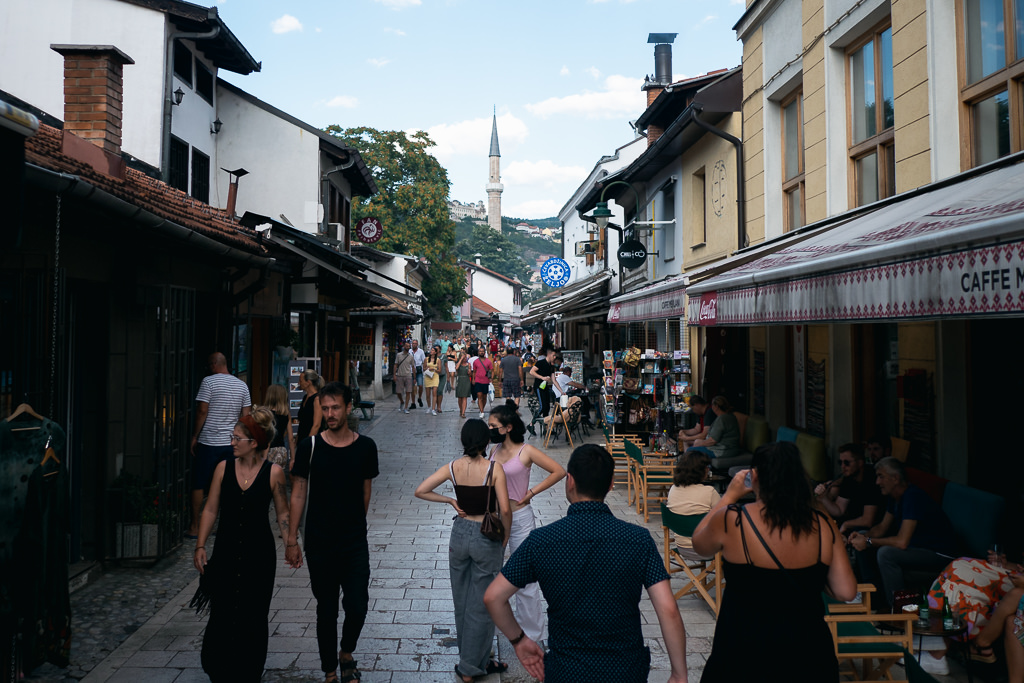
I was greeted with narrow streets of cosy cafes, buzzing bazaars, and a mish-mash of cultures and religions. I was struck by the city’s unabashed good vibes, something utterly defying its tragic past. And I quickly realised that Sarajevo will challenge your imagination if you still had outdated notions of it like mine.
Let me tell you about this small and soulful capital—one that instantly shot up on my personal list of favourite European cities.
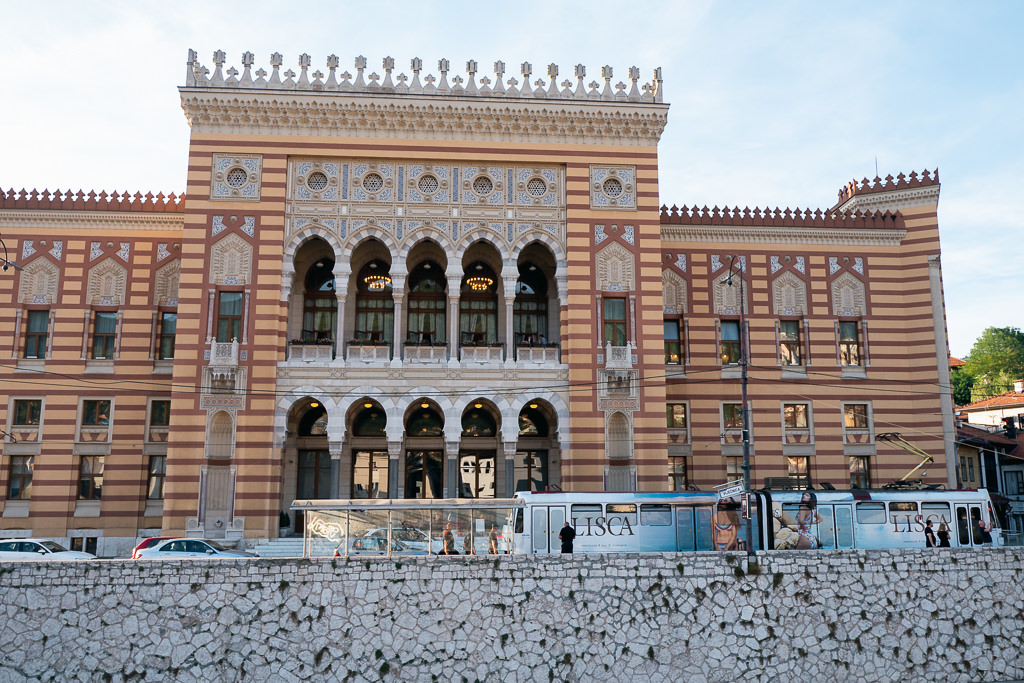
What to expect of Sarajevo
As I wandered through the streets of Sarajevo, it struck me how the different sections had a completely different feel, from the communist-era outskirts to the cosy central old town.
The historical centre is curiously split into two distinctive architectural styles: the more stately Austro-Hungarian style buildings on one side, and the other the cosy lowrise Ottoman-era buildings. The city owes this to having been a part of the Ottoman Empire and the Austro-Hungarian Empire, each leaving its mark over the centuries.
Crossing this architectural divide can feel a bit like walking from Vienna or Prague into Istanbul or vice versa. ‘East Meets West’ is a travel writing cliche, but it’s such an accurate way of describing Sarajevo.
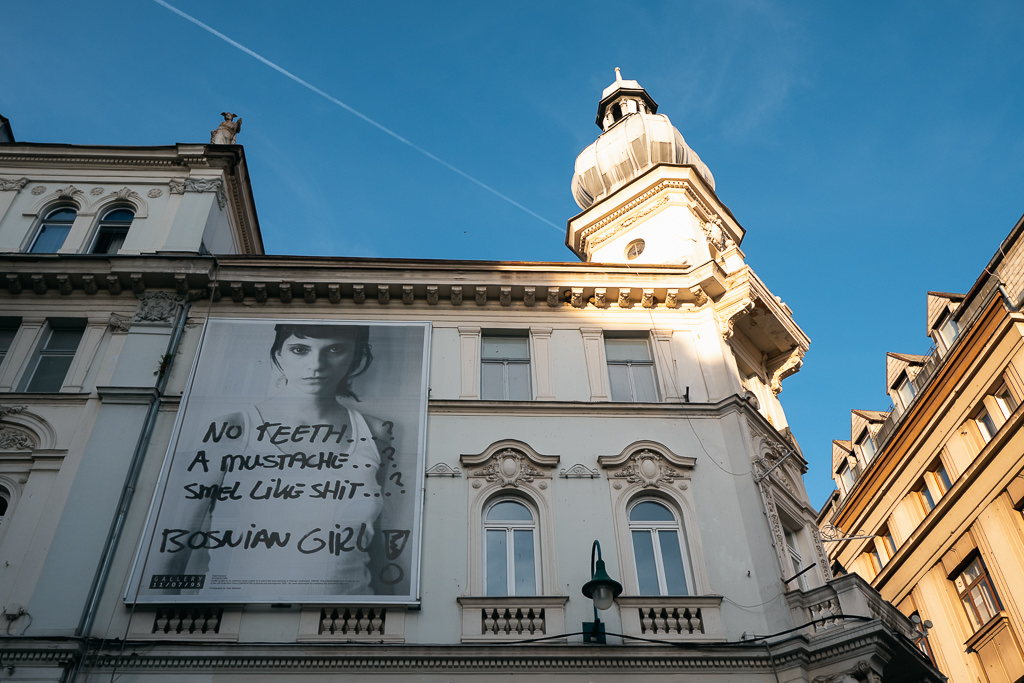
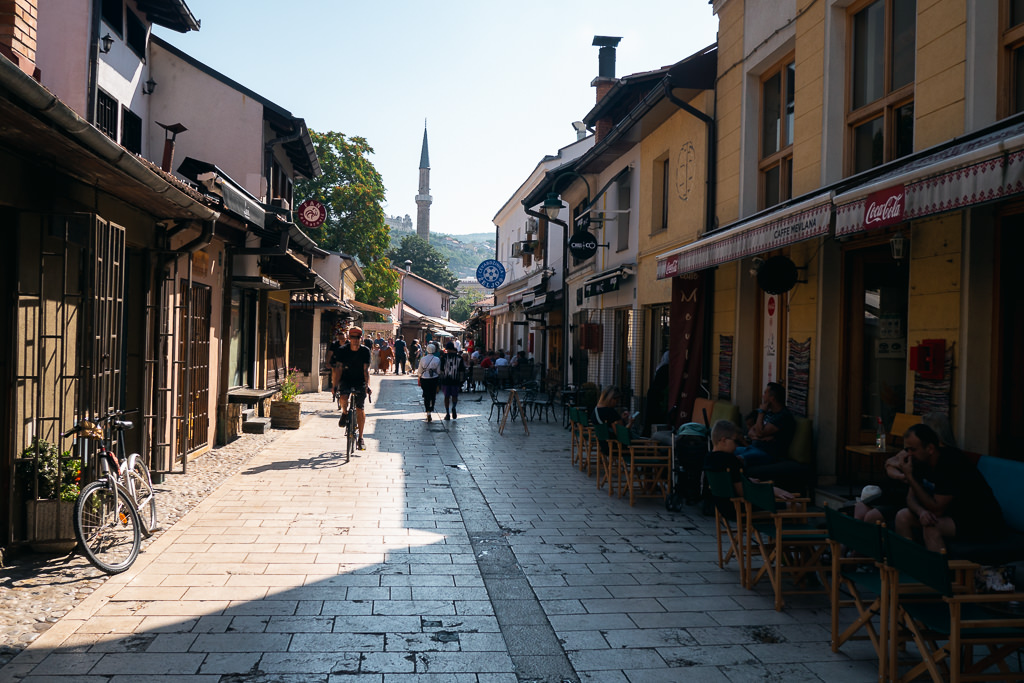
Many still associate Sarajevo with the much-reported events of the Balkan War during the 90s, yet it was once known mainly as a city where cultures and religions met. Dubbed ‘the Jerusalem of Europe’, in Sarajevo you can find mosques, orthodox and catholic churches, and synagogues practically side by side.
Besides its history and diverse mix of cultures, Sarajevo is a vibrant city today. I particularly enjoyed wandering around the Ottoman quarter, known as the Bascarsija. This fully pedestrianised area has a delightful atmosphere; narrow streets lined with historic lowrise wooden shophouses hosting cute cafes, hookah bars and cosy restaurants serving traditional Bosnian food.
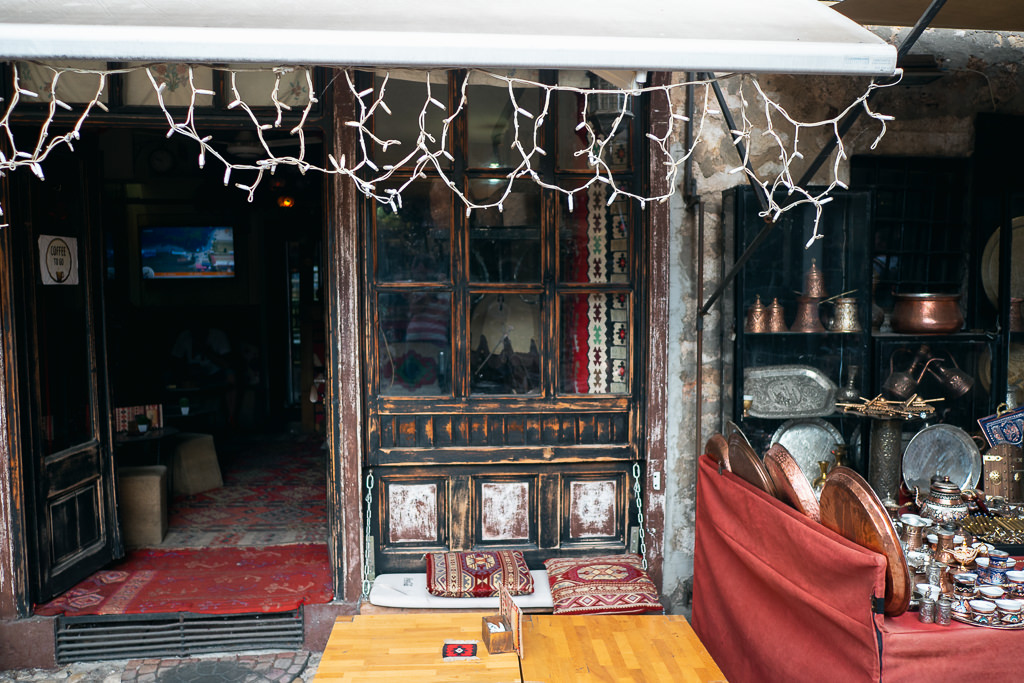
Adding to my positive impression of Sarajevo is that it’s not (yet) overly touristy. There are plenty of tourist businesses, making it very easy to book a tour or find a guide—but the level of tourism activity is modest compared to other European cities. Even during the August high season, the city had an unrushed and welcoming atmosphere. It felt like a breath of fresh air.
Something else to know before visiting Sarajevo is that it’s very inexpensive! I often had an evening meal for around €8. Studio apartments are available from €20-25 per night and hotel rooms at a little more. If you are keen on dorm or hostel accommodation, these average at about €8. While the low costs shouldn’t be the top reason to visit Sarajevo, it certainly helps that it’s so budget-friendly.
Things to do in Sarajevo
With just 300,000 or so inhabitants, Sarajevo is not a huge city. Despite this, you’ll find there’s a lot to see and do, and the city is wonderfully walkable.
I recommend staying for at least 2 or 3 days if you can. This will give you time to see the main attractions and soak up the fantastic atmosphere.

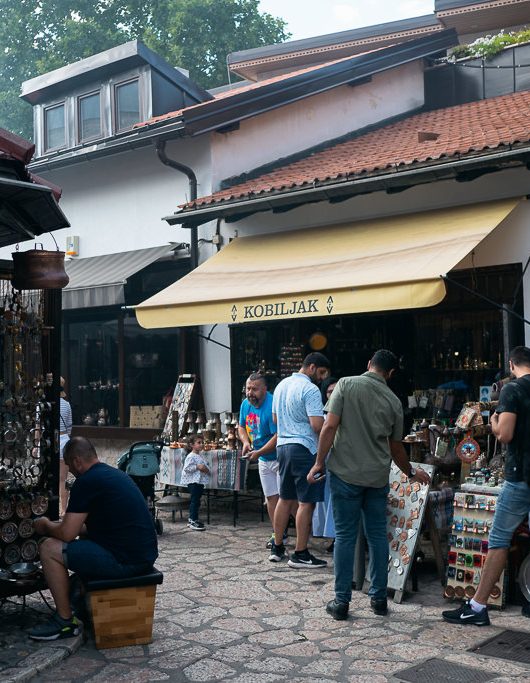
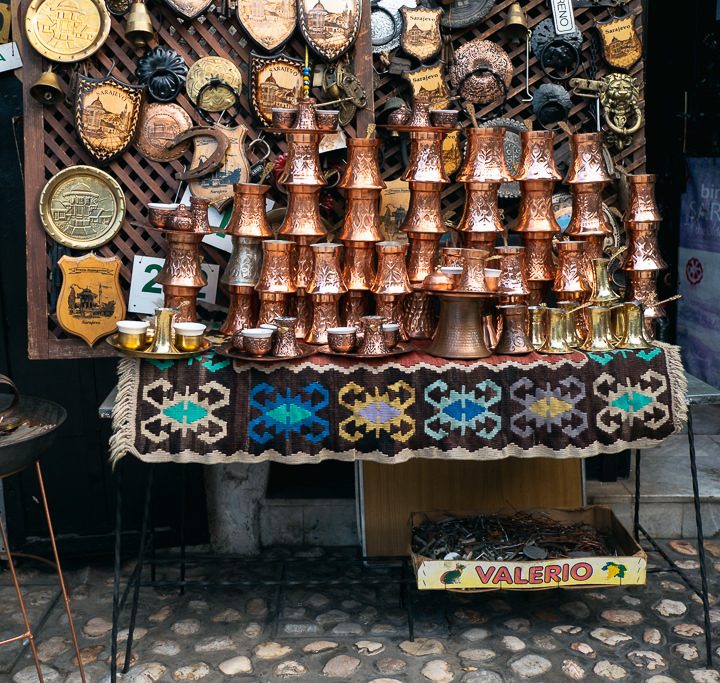
Inside the old town is a small district dedicated solely to coppersmiths, which is an interesting area to explore. All kinds of metal creations like tea sets and coffee pots are meticulously crafted here—an artisan trade dating back to the 16th century. As you wander through this little copper wonderworld, it’s a great opportunity to buy some genuine Bosnian handcrafted copperware.
Should you not find something to your liking here, simply head to the Old Bezistan, a covered bazaar located in the same place where trade has happened since the days of the Silk Road. Traditionally, it’s where metalworkers, jewellers, and textile sellers could be found. The building, while small in comparison, reminds me a little of the Grand Bazaar in Istanbul.
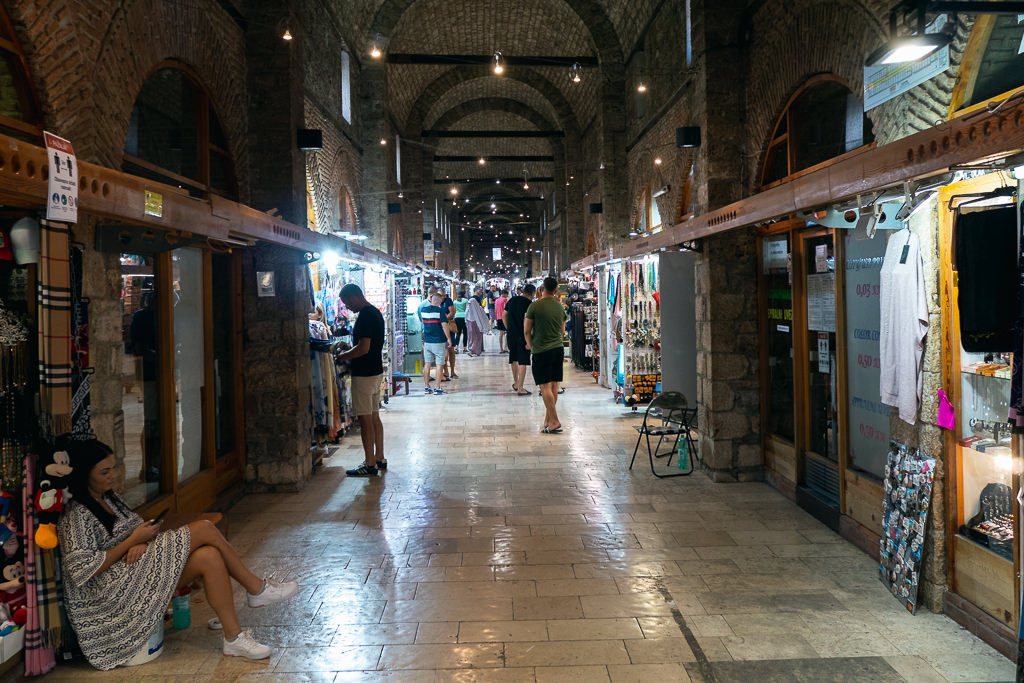
While most are familiar and focus on Sarajevo’s tragic struggles during the Balkan War, there is a much deeper history to delve into. At the nexus of ancient trading routes, Sarajevo was the connecting point for Constantinople, Dubrovnik, Venice, and many other major cities in the region. Once part of the Ottoman Empire, later Austria-Hungary and then Yugoslavia—it has taken on a blend of cultural influences.
This also extends to religion, as Sarajevo has always been known for its religious tolerance. Evidence of this is the minarets and church towers often sharing the same vista. You can visit the impressive Gothic-style Sacred Heart Cathedral and walk just five minutes to the 16th century Gazi Huzrev Beg Mosque with its beautiful courtyard.
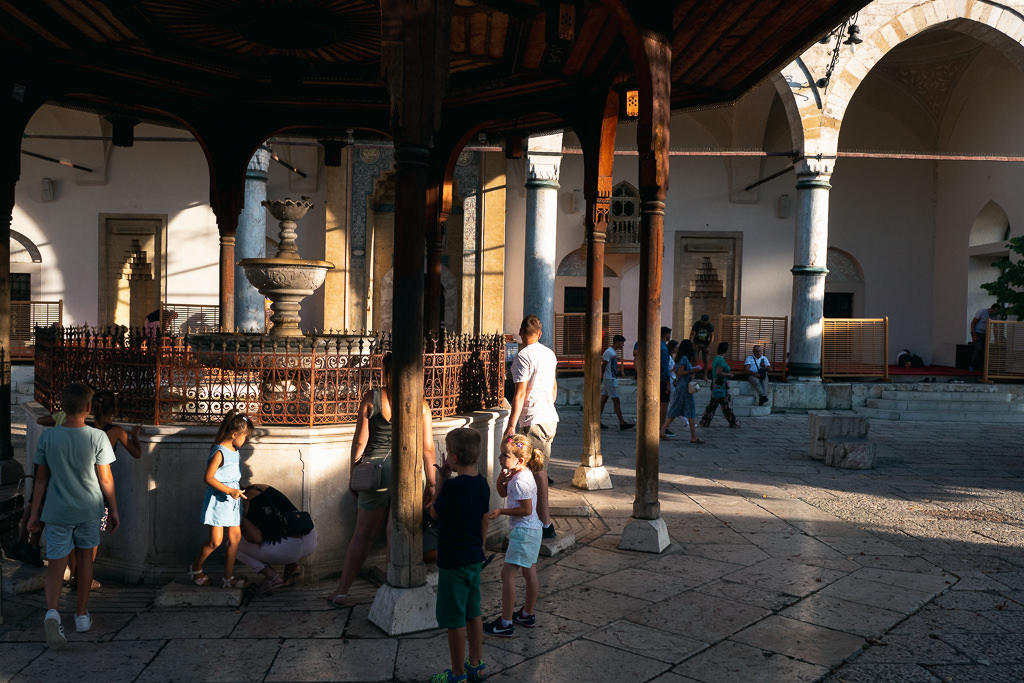
Another essential thing to do in Sarajevo is to dig into the delicious Bosnian cuisine. It’s an eclectic mix of Central European, Balkan and Turkish influences. My favourite dishes were Klepe, a minced meat dumpling, Dolma, stuffed vegetables like eggplant and peppers and Sarma, vine leaves stuffed with pork or vegetables. Among the sweets and pastries, in particular, are many delicious items that may be familiar if you’ve travelled to Turkey or the Middle East.
When asking tour guides or receptionists where to sample traditional Bosnian food, it seems they all recommend ASDŽ. To be honest, I think they send tourists there because it has a bit of everything available; in my opinion, it is an average buffet-style eatery. I later discovered a wonderful hidden gem of a restaurant called Sedef that I thought was much better. You can also head to Bravadžiluk street, where you will find several nice casual Bosnian restaurants.
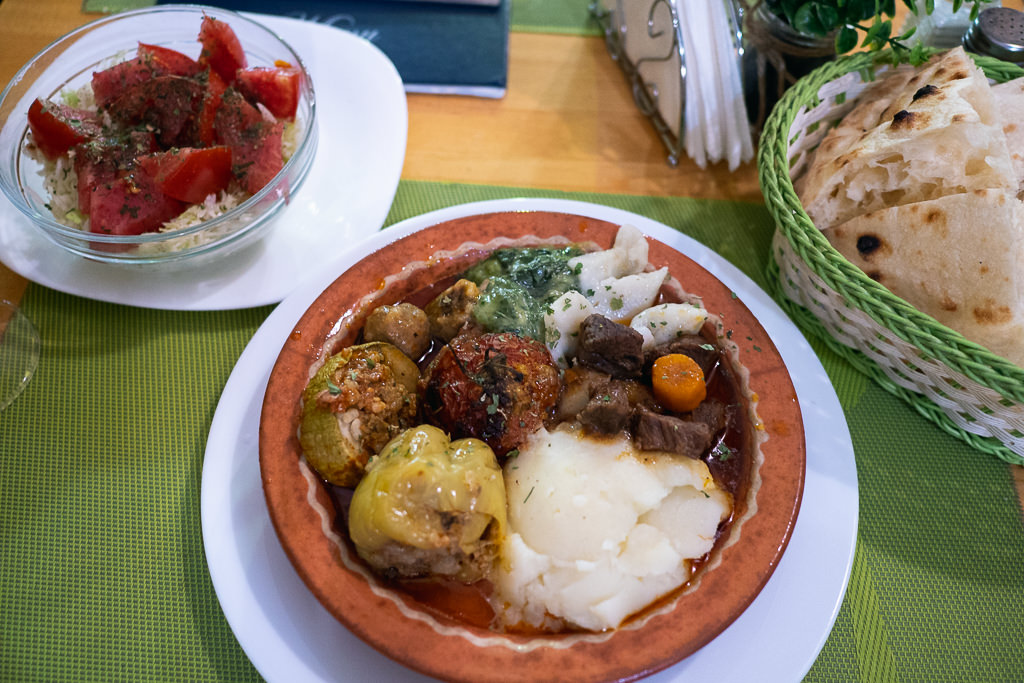
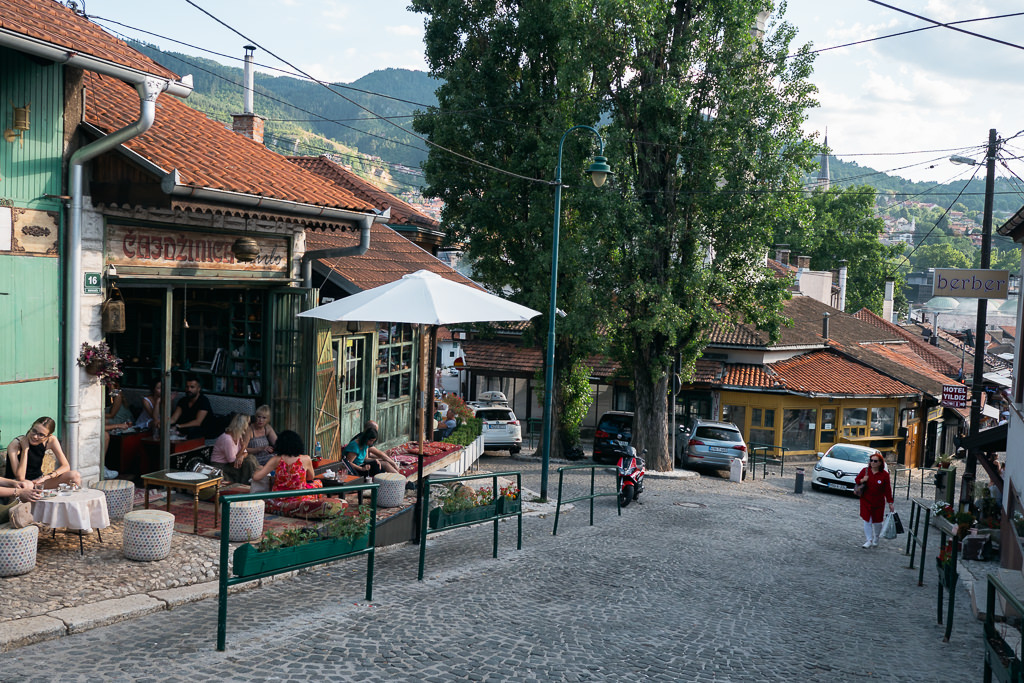
For some unforgettable views of the city, it’s worth walking up Kovači street. First, stop at the Ministry of Ćejf to try some Bosnian coffee, which is served in a small copper pot along with a local version of Turkish Delight. After the quick coffee stop, continue walking uphill to the Yellow Bastion, a clifftop remnant of a fortress. From here, you can enjoy panoramic sunset views of Sarajevo. For sunset drinks, just hop over to the nearby Kamarija cafe.
My best tip for Sarajevo is to take a guided walking tour; I cannot recommend this enough. It will get you orientated quickly and allow you to understand this city’s deep history, hearing from (and asking questions to) a local. Doing a walking tour in Sarajevo is worth every minute spent, perhaps more so than any other European city. This is in large part because it’s sure to offer some vivid insight into the events of the Balkan War, given that so many Sarajevans personally experienced the conflict.
Sarajevo’s war history
So far, I have highlighted what makes Sarajevo such a warm and welcoming place to visit today. But we cannot ignore that it was the site of immeasurable tragedy during the Bosnian War. Sarajevo suffered a horrific siege lasting 1,425 days—the longest-running siege of any city in modern-day history.
Sarajevo is scenically located among the green mountains in every direction, but this is also what served up the city like on a platter to Serb forces during the war. They quickly took control of every mountain and hill surrounding the city, from where they could easily blockade and bombard it.
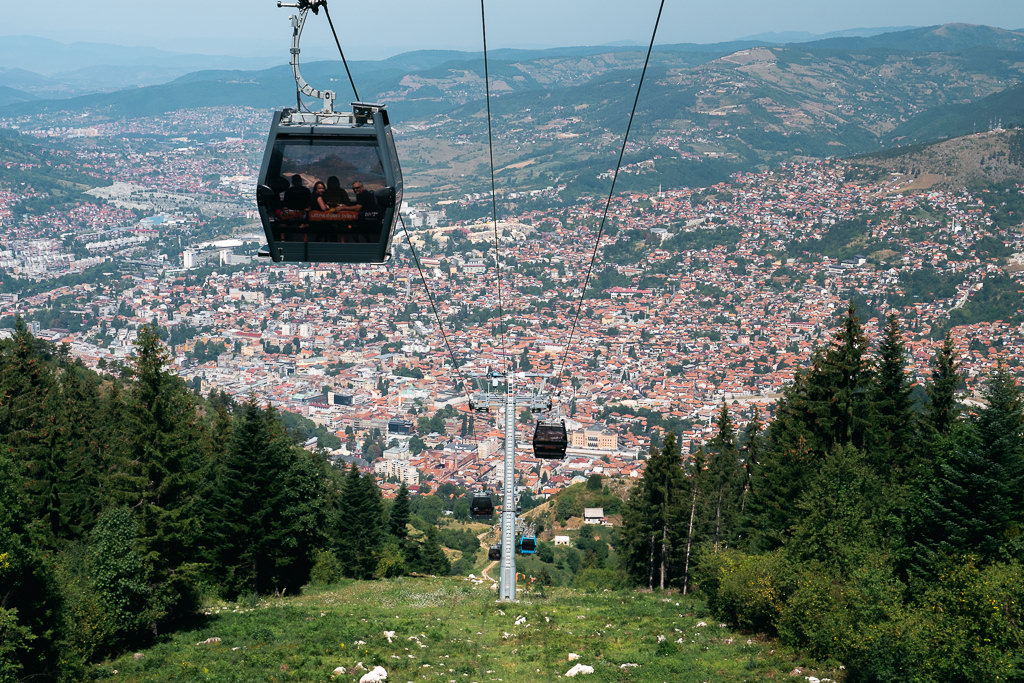
Growing up in the 1990s, I clearly remember the daily televised news reports of the siege — and this remained my main association with Sarajevo. People literally had to run for their lives to avoid sniper fire while going to school or visiting the market. What happened in this city and Bosnia as a whole during the war is unreal.
Not surprisingly, the war is still a highly sensitive subject for many locals. While you may not want to just ask random people to talk about a war that they’d rather forget, tour guides will typically offer you some personal insights into what it was like living through those years.
Although it’s not exactly ‘fun’, it’s well worth taking some time to understand the wounds of the past while visiting Sarajevo.
Memorials such as the eternal flame, as well as the ‘Sarajevo roses’—bloodlike paint splatters on pavements anywhere that more than three people were killed—do offer constant reminders of the past.
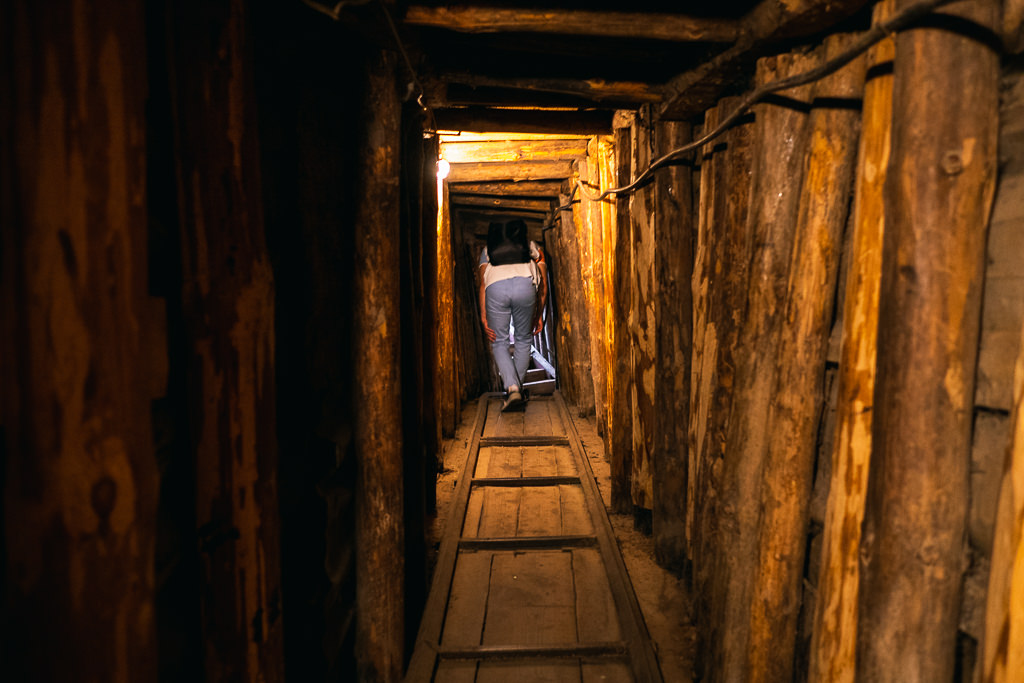
An essential stop is the War Tunnel Museum, which offers more background on the siege. It lets you visit a section of the “tunnel of hope” that was once used to bring supplies into the besieged city.
The Museum of Crimes Against Humanity and Genocide offers a gripping testimony of the atrocities that occurred during the war, in particular the failure of the international community and Dutch troops stationed in Srebrenica to prevent the massacre of Bosniak civilians at the hands of Serbian troops.
The war will undoubtedly remain a trauma, and the locals will carry the scars for a long time to come. It does seem that the places that have been through the most are generally the most determined to make something of the present. I found such positive energy in Sarajevo that it made me thankful that I took the time to get to know it better.
Sarajevo is a small but delightfully easygoing city. It’s not overtouristed and offers lots of culture, cuisine, and various points of interest to spend several days. As I explored Sarajevo, I quickly concluded that this captivating yet often overlooked city doesn’t get nearly as much love as it should. Despite what happened in Sarajevo in the past, it does not feel like a sad place–and I left simply feeling glad I had discovered such a remarkable city.
Some links may be affiliate links, meaning I may earn commission from products or services I recommend. For more, see site policies.
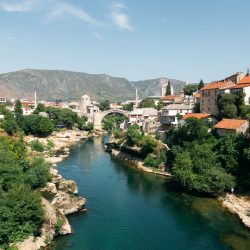





0 comments
Leave a comment
Your email address will not be published. Comments are manually moderated.